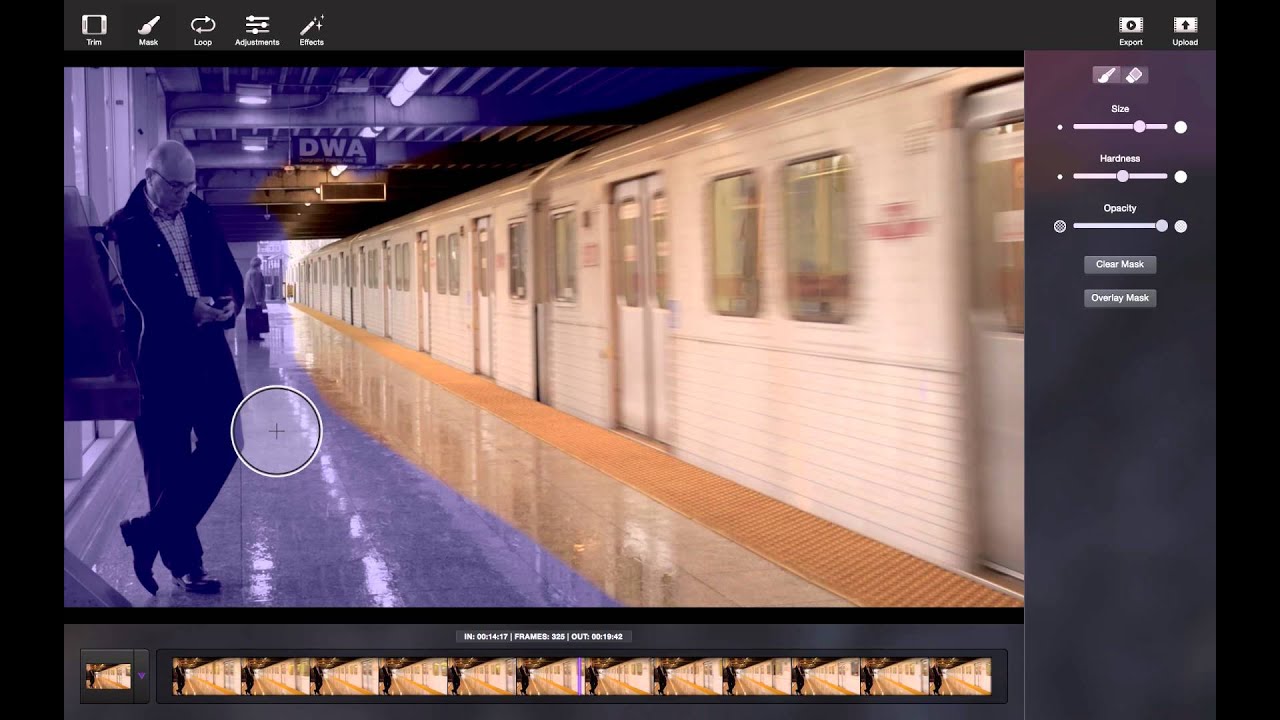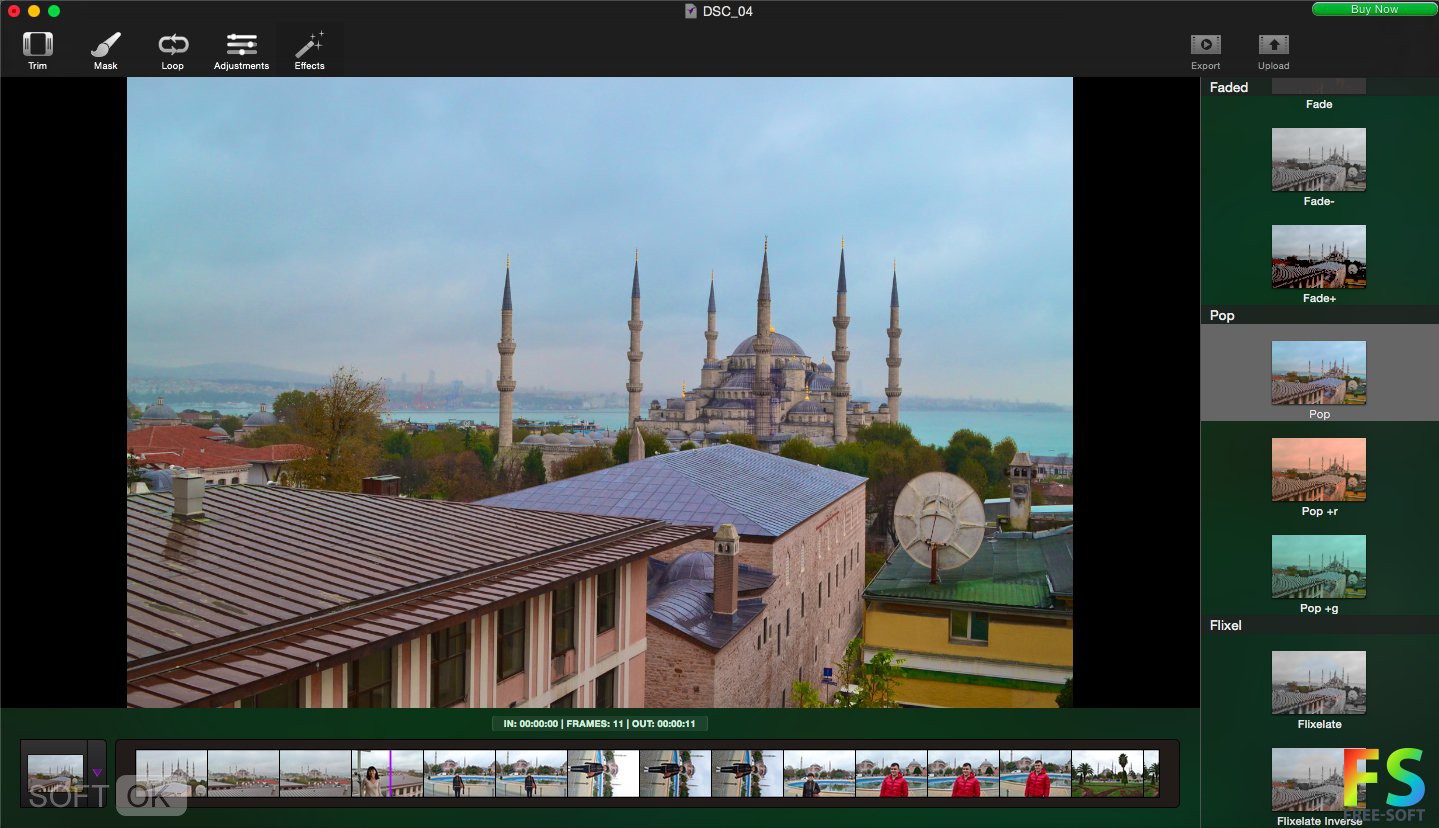

- Cinemagraph pro alternative driver#
- Cinemagraph pro alternative license#
Switching to subscription progressively was going to be key to the success of the change in billing model:
Cinemagraph pro alternative license#
Moving progressively to subscriptionsįlixel had many customers that had purchased a perpetual license for the software.

Once you've found a good price point, the more advanced technique consists in optimizing for different geographies, customer segments, or acquisition channels - something a platform like Paddle can help do by tracking the impact of each price point and allowing extensive pricing localization options. It's important to be able to track the impact of a price change and A/B test different prices. By increasing little by little and testing the impact on conversion rate and revenue generation, you can find the optimal price, the local maximum on the price optimization curve - which could look like the example below. Mark knows that if you start lowering the price, you may earn more, at least in the short term but there's a floor ($0). But they don't know exactly how much they're willing to pay. We make it really easy for anyone to create a cinemagraph in seconds rather than hours or days, so it's easy for customers whose time is money to see the value and therefore be ready to pay. "In our case, the elasticity of demand is critical. Mark has a scientific approach to pricing, which he was able to follow thanks to the flexibility of our platform:
Cinemagraph pro alternative driver#
Over time we've increased our price consistently, which has been the single biggest driver to revenue, better than any marketing activity." And still haunts us today, as you can still find pages listing our app for $15 - which really devalues our product. Which got us some revenue for 2 weeks, then nothing. We started with a high price point, won the Apple Design Award and thought that we could convert a lot more customers by dropping our price.
Moving progressively to subscription, whilst offering several billing models in parallelīecause their provider at the time couldn't deliver on these 3 factors, Mark started the move to a subscription model using Paddle.Įarly on in Flixel's journey, they made the mistake of reducing the price. Being able to play with pricing and optimize it. There are no acquisition costs they already know the product so that's a great example of the flexibility it allows."ģ factors were key to selecting the right platform to accompany their move to subscriptions: "There's a chunk of our customers that's a win-back: they subscribed when we had monthly pricing, used it for a project for a couple of months, canceled, then come back 6 months later and subscribe again for another project. But many will be convinced, or be a 'win-back' customer." Not all these customers will stay beyond the first month once they've used it. A subscription allows people to try it out without much commitment and gives us lots of leeways to introduce different billing frequencies, different types of trials etc. Dropping the price would not be sustainable for us. So getting people to pay a high up-front fee without having ever tried the product was difficult. "For our app, someone might use it once a month - it's not something you use all the time. In Flixel's case, it wasn't solely about having a continuous pricing for a continuous usage (like apps that get used every day)." Not all products make sense for a subscription model though. This made it hard to do any kind of advertising to grow the business, without having sustained revenue that's easier to predict. "We originally decided to move to subscription because the variation in revenue from month on month was very high. We spoke to Mark Pavlidis, Flixel's CTO, about why Flixel started thinking about subscriptions: They've won countless honors including Apple's prestigious Design Award and are used by the likes of Facebook, Microsoft and HBO. Flixel are the people behind Cinemagraph Pro, which creates stunning moving photographs.






 0 kommentar(er)
0 kommentar(er)
